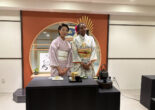•
3月 1, 2018
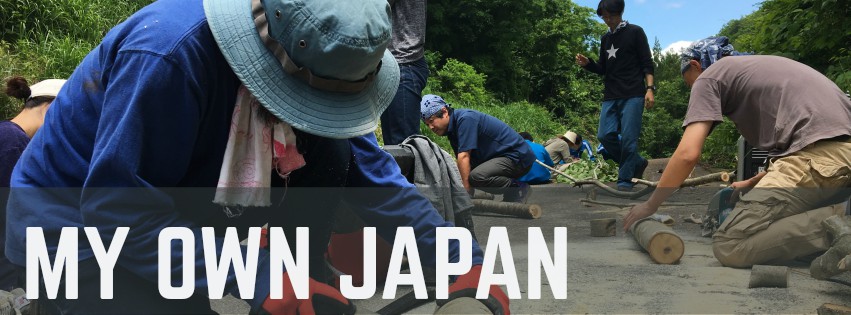
To be completely sincere, Japan was never that high up on my bucket list of places I wanted to visit, let alone somewhere I wanted to live. It did seem interesting to me, but not unlike any other country in the world. It’s funny because I’m very curious by nature, and exploring new cities, small towns and local food is as good as it gets for me, but for some reason I had Japan stored in some drawer in my head, stowed away safely outside of my comfort zone. Little did I know that living here would come to serve as the single most inspiring lesson I have taken in my design career and make me value things that I mostly took for granted.
I come from Lebanon, a tiny Mediterranean country, a vibrant little place whose heart is a lot bigger than its land and where even a short stay can provide a look into the open book that is the local culture. It’s chaotic, bustling and highly active. It’s not for everyone, but for the people who’ve experienced a slice of it, that sheer pandemonium is a lot, if not most of what is charming about Lebanon. Local culture is prevalent, in food more than anything else. We treasure the handmade because we cherish the hands that make it. There’s even a saying for that; It expresses thanks by wishing that the person’s hands be safe and free from harm. I won’t write much more about Lebanon because I’ll be unable to stop once I start. Sometimes it hits me in waves, this passion of talking about our local culture. I didn’t use to get that. It only started when I came to Japan.
Beyond the bounds of social etiquette, arbitrary organization and the “That’s the way it is” mentality that often characterizes Japan, on the far side of the tame and square face, lies a much rawer and more lenient one, which offers a more genuine look into this fascinating culture. Thanks to my Visual Design lab, I regularly get to experience what I would call a vernacular Japan, one that I can particularly identify with and call my own. Far from the buzzing neon lights of the cities and the massive electronics shops, often tucked away in narrow back alleys or retired in the countryside are the ateliers and shops of master craftsmen, the eateries of motherly cooks and the lands of grounded farmers. These people are the carriers of what is left of vernacular Japan, in a world that has lost most of its authenticity to the sheen of plastic.

Design has proven itself in its ability to access human emotions and thoughts; it is intrinsically functional and evolutionary, and eventually boils down to a study of the simplification/purification of the human experience. This is exactly what living in Japan has taught me during the past two years. Our lab’s projects generally revolve around what we call Nature-Centered Design, as opposed to User-Centered Design that has lately been the trend especially in the world of user interface and user experience design (UI/UX). We work on projects relating to traditional fabrication and design of products and their branding. Everything is focused on the experience people can have when they tune in to their natural surroundings and embrace their traditions. A lot of the work involves learning to make things that we normally take for granted and producing something with inherent value as opposed to a monetary one.
Most of what I’ll be writing about takes place in a city called Kitakata in the westernmost part of Fukushima prefecture. Kitakata suffered its fair share of losses after the disaster in 2011, and that includes its popularity among tourists. Therefor efforts are always underway to restore that popularity, rejuvenate the economic sector and get people attached to this piece of the land and its heritage.
For me, it took one visit last February to leave me completely spellbound. From there, that city would feel more to me like sanctuary where I go to reflect and learn from new experiences. We’ve harvested bristles and made our own brooms, we’ve collected pebbles from Nigorigawa and sharpened them on whetstone to make Jomon-era-style knives. We were taught how to lacquer wooden plates, and learned to weave bamboo baskets, then watched as masters of the craft weaved their creations while we sat quietly in the room indulging in a dish of hand-cut soba noodles. We gathered around a table making 200 omusubi for the guests of the workshop and some for us to dine on. Everything we made ourselves felt precious, like it’s been with us for decades.
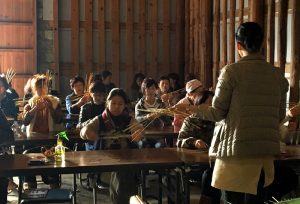
One particular workshop though, left a deeper a mark on me than any other, and serves as a constant reminder about the importance of being patient with the design, meticulous about the details and humble about showcasing natural beauty that in and of itself offers not only a product but an experience. It taught me to see my work through to the end and not to cut corners by respecting the time the process takes and putting as much of myself into it as I possibly could.
We went to Kitakata around June of 2017 to collect tree bark. It might sound strange but believe me the first time I saw it being done, I was amazed. If you pick the right tree, cut it down, saw the branches down to a manageable size, and in a gentle rhythm tapped the sides with a wooden mallet, you can slide the bark off from around the wood, leaving you with a perfectly intact bark pipe. Japanese people have been making sheaths for their tools, baskets and all kinds of vessels using these techniques and materials for a very long time. Little did I know that each one of us was going to use them to make their own cup. The bark dries for about a month and is then soaked in hot water to be molded, a bottom for it is glued using a mixture of flour, water and urushi (Japanese lacquer). Later, a similar mix using sawdust is spread around the bottom rim of the vessel, insuring a watertight seal and creating an aesthetically-pleasing finish. From there it is lacquered and each coat is rubbed by hand using special paper to spread the lacquer evenly. Repeat the lacquering about 5-6 times and the process from start to finish takes about 2 months. Last week we concluded the workshop, having made our cups literally from scratch, using almost nothing but raw natural materials.
It was an effort that proved highly rewarding, but to reap those rewards, we had to treat the art with respect. We had to be patient; the process is meditative, not to mention dangerous. Urushi is a very toxic substance and in order to master using it, one must be ready for an apprenticeship of some sorts. Experience outweighs the result when making things by hand. Steady repetition and a keen eye are essential to achieve harmony between the maker, his tools and the materials.
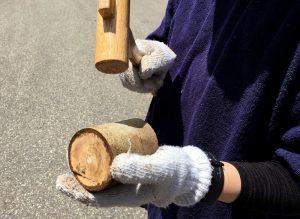
I was taught that to achieve good design, one must start from a simple idea, which they then develop into a complex one and finally distill that fruit into a simple concept that’s impermeable to doubt, open to criticism and capable of amazement. It’s all about knowing how to subtly preserve the details and textures while keeping the outside polished and clean. Simplicity is not the absence of detail but the abundance of it, to a point where the whole becomes a cloth flexible enough to be anything to anyone, capable of absorbing, reflecting or protecting whatever it interacts with.
To illustrate some of the points in this article, I’d like to ask you to do something next time you come across a stream of drinking water: fill the cup of your hand and drink from it, then fill your plastic bottle with some and drink again. We usually think of using the cups of our hands perhaps because it’s the most accessible way, but maybe it’s because we felt it was a more genuine experience, more refreshing and thirst-quenching. In Lebanon, it is hospitable and often a sign of admiration and care, when someone hands you a bite to eat. You can be sure they generously handcrafted it specially for you, to give you an abundant taste of their food and their love. People often argue that their mother’s recipes are the best, they yearn for her handmade food and think of it as the most delicious in the world. When food is prepared by a loved one or for a loved one, it is in perpetual contact with the cook; their feelings are crafted into it and are even capable of altering its structure, hence its taste. Every culture values the handmade in its own way. Experiencing the different ways the Japanese culture does that, has so far been an enriching experience and gave me a different perspective on the importance of that subject in my own culture.
Whenever I come across a handmade piece, it often radiates with an air of humility and quality. I am immediately curious, taken not necessarily by its aesthetics, but by the details and the work put into it to make it as close to perfect as possible. Perfection here isn’t measured according to artistic, scientific or any other standards, but rather according to how close it comes to being an object of sentimental value for the maker: Perfect in their eyes. Japan has taught me to really put my heart into everything I make. I needed to understand that whenever I make and gift a piece, I am gifting a part of myself, and whenever I receive one, I need to treat it as part of someone else. All this might be a little too dreamy for it to be taken seriously as guidelines for design, but I believe that whenever the designer stops dreaming and appreciating the little things, that’s when they stop being a designer.
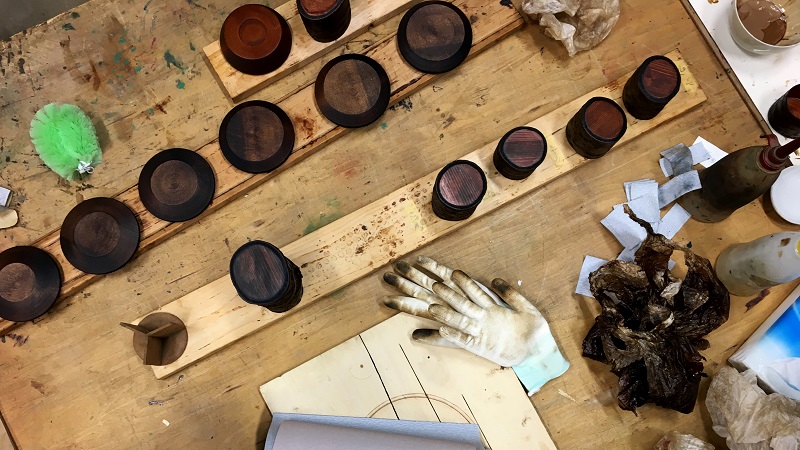
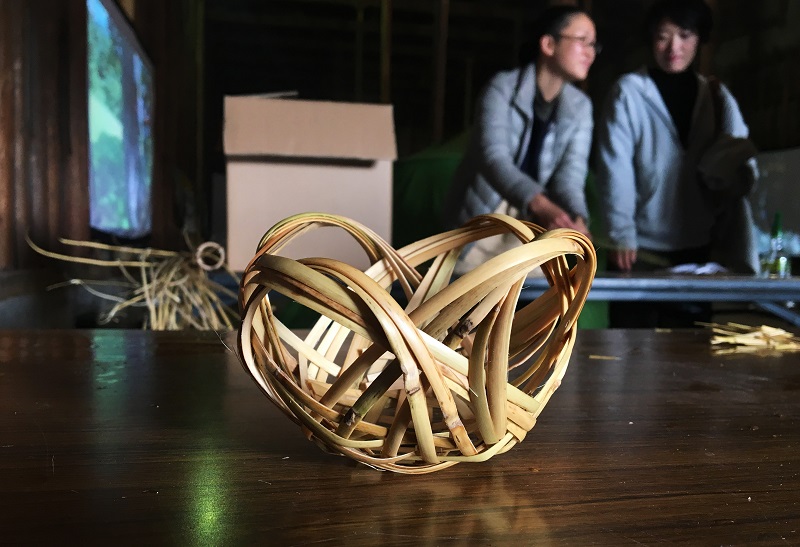
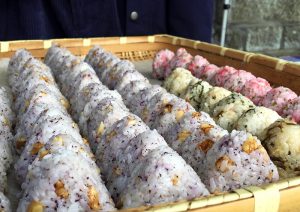
AUTHOR BIO
Ralph comes from Lebanon, from a background in Advertising and Graphic Design. Currently lives in Tsukuba, Ibaraki, 40 minutes outside of Tokyo which, surprisingly, is
enough for some people to call it Inaka.



